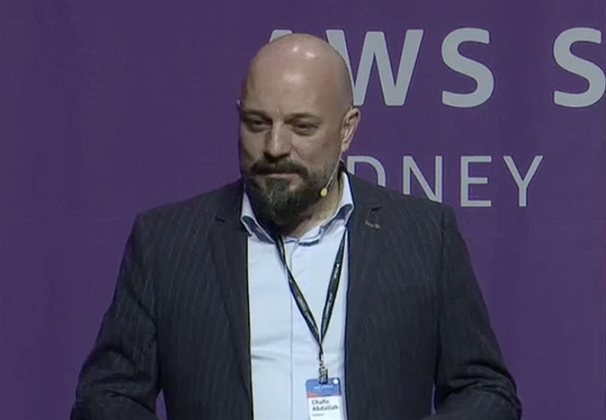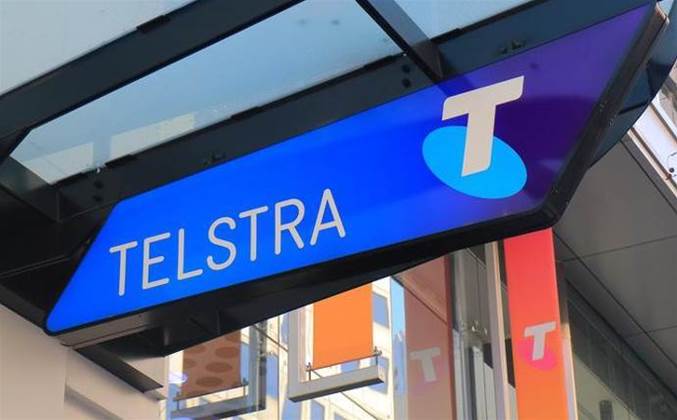OpenAI Introduces ChatGPT Agentic AI: Prepared to Recognize Its Influence?
We independently review everything we recommend. When you buy through our links, we may earn a commission which is paid directly to our Australia-based writers, editors, and support staff. Thank you for your support!
OpenAI Unveils ChatGPT Agent: A Groundbreaking Step in AI Efficiency
Quick Overview
- OpenAI introduces ChatGPT Agent, an assertive AI task manager.
- The agent functions on a virtual system, performing intricate tasks autonomously.
- Incorporates tools such as Visual Browser and Terminal Access for improved performance.
- Safety protocols involve requiring user consent for vital actions and refusal training.
- Accessible to paying Australian users, with plans starting at A$31 monthly.
Transforming Task Administration
OpenAI has launched its latest development, the ChatGPT Agent, crafted to elevate AI chatbots to unprecedented levels of productivity. This enhancement allows ChatGPT to independently oversee and perform tasks on a virtual platform, connecting the dots between ideas and execution.
Enabling Users with Enhanced Features
Leveraging current technologies like Operator, ChatGPT Agent merges AI’s conversational ability with functional features. Users can now assign tasks ranging from meal preparation to competitor assessment, while the agent preserves context and continuity.
Autonomous Spending with Safety Mechanisms
Though the agent can aid in online purchases, it presently requires user approval to complete transactions. Future developments may allow users to set budget limits, permitting the agent to process purchases seamlessly within those constraints.

Key Attributes of ChatGPT Agent
Visual Browser
This feature allows the agent to engage with websites through a graphical interface, handling actions such as clicking links and securely filling out forms.
Text-Based Browser
To enhance efficiency, the agent utilizes a text browser for quick data access and sorting, emphasizing reason-based queries.
Terminal Access
Equipped with virtual terminal capabilities, ChatGPT Agent can run code, manage files, and execute other technical functions directly.
Direct API Integration
The agent interfaces with APIs and services such as Gmail and GitHub, automating processes and aggregating data across platforms.
Dynamic Tool Selection
ChatGPT Agent identifies the most appropriate tools for tasks, transitioning seamlessly while retaining task history for precise results.
Collaborative Workflow
Users can engage with the agent throughout tasks, offering input and receiving updates on completion via a mobile application.
Editable Outputs
The agent produces editable documents such as spreadsheets and presentations, with beta capabilities for generating slides.
Safety Considerations and Availability
OpenAI prioritizes safety, necessitating user permissions for significant actions and training the agent for sensitive tasks. ChatGPT Agent is currently available to Australian subscribers, with pricing starting at A$31 per month for Plus subscriptions.
Conclusion
The introduction of ChatGPT Agent by OpenAI signifies a major leap in AI functionality, providing users with a multifaceted tool capable of not just responding but actively administering tasks. With an emphasis on safety and efficacy, this AI stands to make a significant impact on the Australian technology sector.
Q: What is ChatGPT Agent?
A: ChatGPT Agent is an enhanced AI solution from OpenAI that autonomously manages and executes tasks on a virtual platform.
Q: How does ChatGPT Agent ensure safety?
A: Safety protocols involve user approvals for transactions and training to navigate sensitive tasks, promoting responsible usage.
Q: What are some essential features of ChatGPT Agent?
A: Key features encompass Visual Browser, Terminal Access, Direct API Integration, and Collaborative Workflow, boosting productivity.
Q: Is ChatGPT Agent available in Australia?
A: Yes, it is currently accessible to Australian paying subscribers, with different pricing plans beginning at A$31 monthly.
Q: Can ChatGPT Agent make online purchases?
A: The agent can assist with online shopping but necessitates user approval to finalize any purchase, ensuring regulated financial transactions.
Q: How does ChatGPT Agent manage multiple tasks?
A: The agent employs dynamic tool selection and preserves task history to efficiently and accurately handle various tasks.
For further details, visit https://openai.com/index/introducing-chatgpt-agent/












.jpg&h=420&w=748&c=0&s=0)
